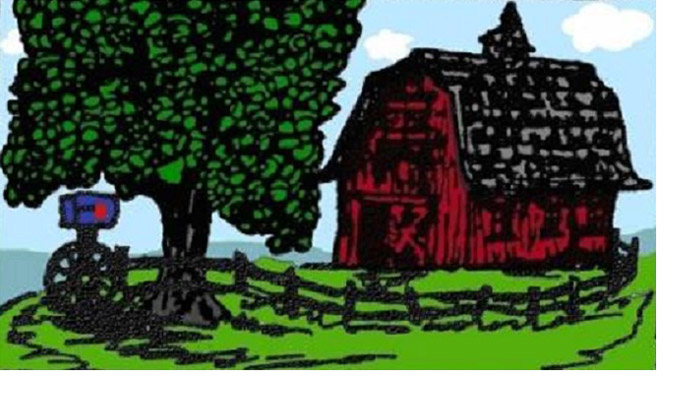Light Pollution: Bright outdoor lights glaring from homes after dark deprive nocturnal animals of the environment they depend upon to survive. For prey species, a dark sky provides cover in which to hide and rest. Predators such as owls need darkness to bring in a population of prey and successfully hunt. Research has shown that bright lights at night cause birds to lose their course during migration, and it makes frogs and toads less vocal, which reduces their overall population. If you feel you need lights for security, sensor-activated, downward facing, shielded lights are a good choice. More info about wildlife-friendly lighting can be found at darksky.org.
Noise Pollution: The most harmful noises to wildlife are from gasoline-powered machinery such as lawnmowers, chainsaws and leaf blowers. These high noise levels negatively affect animals’ ability to communicate, mate, navigate and forage. Whenever possible, opt for non-mechanical methods of completing yard maintenance. If machinery is necessary, try battery-powered equipment that emit lower noise levels. And consider operating them between the hours of 9:00 am – 4:00 pm when most animals are the least active. More info on this topic at wildlifehc.org.
Lawn areas: If you have a grass lawn, you can make islands in and around your yard that incorporate berry-producing shrubs such as currant, chokeberry, sweetspire, elderberry, serviceberry or beautyberry to feed birds and animals. Dense evergreen shrubs and trees provide both cover and vital nesting areas for birds. A sunny area is perfect for a pollinator garden. It’s easy to find native, drought tolerant pollinator-attracting and other plants that are good for sunny areas. Although lawns look appealing to our eyes, chemicals used to keep them green and weed-free are often lethal to many beneficial insects and earthworm populations. Run-off from fertilizers pollute area ponds, lakes and rivers too. For more on the benefits of a grass free yard, check out https://www.lesslawn.com/articles/article1012.html.
Wooded Areas: If your property already contains woodland or brushy areas, try to keep your woods naturally messy. Applying the tidiness of your home and yard to woodland areas does not provide usable habitat for wildlife. Rotting tree trunks, logs and large porous branches house insect populations for birds and small animals. If you have large dead trees, consider just cutting off the branches, but leaving much of the trunk still standing. Woodpeckers nest in dead trees and the deadwood provides food for them and their young. Lower brush and plants are essential for them also so don’t clean out too heavily between your larger trees. If you remove sections of invasive species such as buckthorn or wild honeysuckle, use this opportunity to fill open areas with wildlife-friendly berry-producing shrubs. You can find more ideas on how to naturally landscape your yard at https://www2.illinois.gov/dnr/publications/documents/00000227.pdf.
Pets: We love our pets but unfortunately they scare away wildlife. Free-roaming cats kill millions of birds each year. Barking and free roaming dogs drive wildlife away. Responsible pet owners can still have a wildlife-friendly property, but cats must be kept indoors. Dogs walked on a leash or taken to a dog park to run free and socialize with other dogs gives owners quality time with their pets and with other pet owners.
In summary: Creating a wildlife sanctuary not only supports their survival, but ultimately creates endless entertainment for you in watching their antics! Nature responds to your invitation, and you’ll have the peace, beauty and fun of sharing your life with them!
